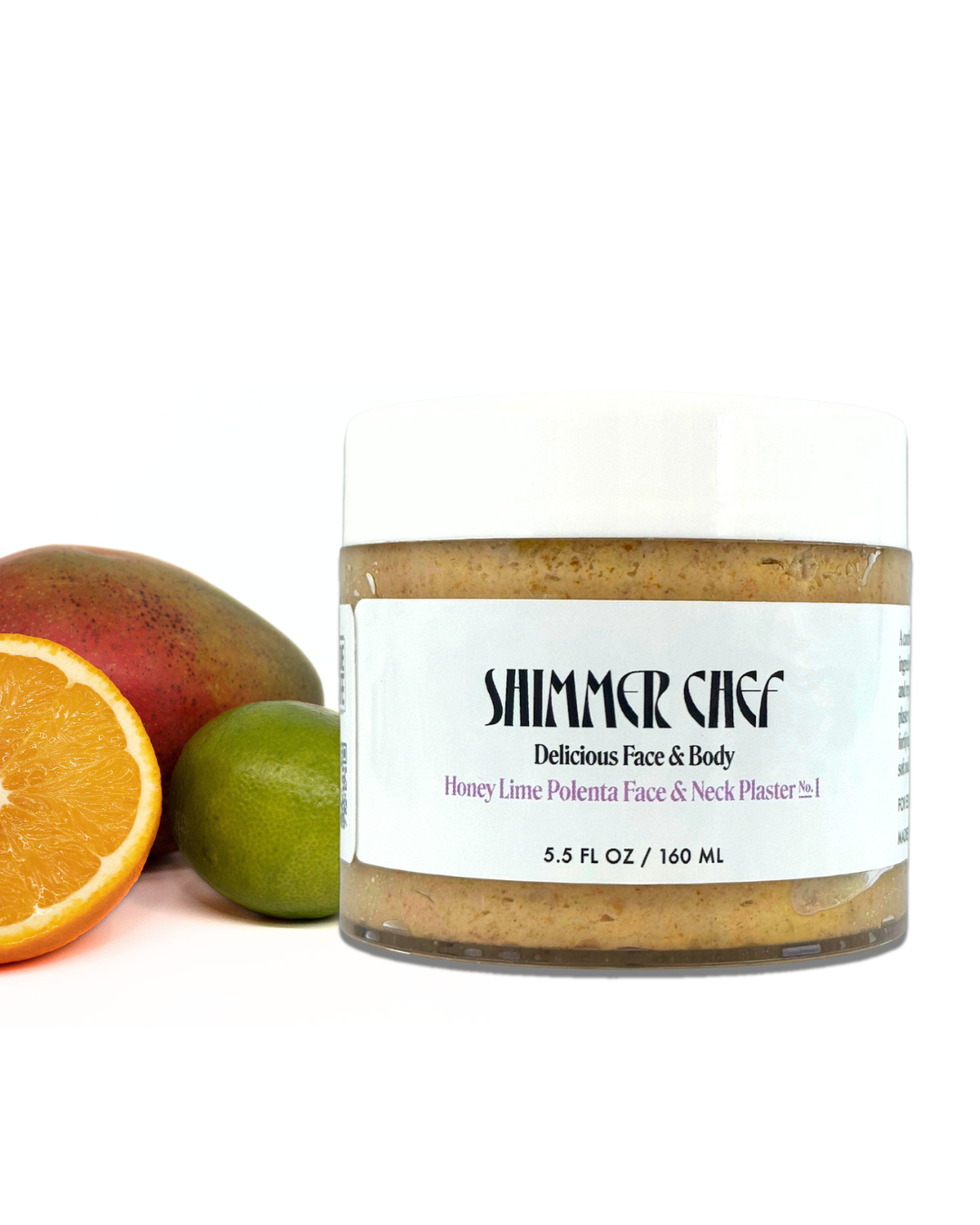The human body is an incredible machine, capable of repairing and regenerating itself. And that includes its largest, most exposed organ. Yep, we’re talking about your skin, which is regularly shedding dead cells in a process known as skin regeneration. Ever wondered why blemishes or scars eventually fade? Skin regeneration, baby! For anyone battling chronic skin conditions or just routinely trying to calm skin freakouts, learning about the skin’s distinct life cycle can be very welcome news. And it gets better—by supporting the skin as it regenerates, you can promote a happier, healthier complexion. So, how long does it take skin to regenerate anyway, and what should you do to nurture it properly? We’re so glad you asked.
What Is Skin Regeneration, And How Long Does It Take?
You can probably puzzle this out based on the name. Skin regeneration—AKA skin cell renewal—is a natural cellular process that basically involves the replacement of aging or damaged tissue with new tissue. Put another way, the cells in the top layers of your skin—the epidermis—are constantly replacing themselves. And it’s a journey, too. Skin cells begin in the deepest layers, where they’re generated by stem cells, and travel to the skin’s surface. Along the way, they hop, skip and jump through a range of physical and chemical changes and presto: The skin’s various layers are regenerated. It’s these baby cells that give your skin that glowiness we all know and love (and want, so much).
The Role Age Plays On Skin Regeneration
We’ll preface this by noting that skin regeneration varies from person to person, so these aren’t hard-and-fast timelines and should be considered general guidelines. When we’re young, skin regeneration is pretty darn quick—baby skin regenerates in roughly 14 days. As teens, the timeline is twice that—around 28 days. In middle age, you’re looking at 28 to 42 days. And if you’re north of 50, it can take a very long time–up to 80 days, give or take. As you’ve no doubt figured out, the older we are, the longer it takes for our skin to regenerate. And that becomes a bit of an issue. Remember, it’s the new cells that contribute to a fresher, brighter complexion. Skin that takes months to turn over has a build up of dead cells, which means we’re left with a dull, tired appearance.
Fortunately, there are things you can do to help hurry things along for a brighter, clearer complexion, and they aren't limited to the products you use.
Supporting Skin Regeneration: A How-To
Your lifestyle choices are one of the biggest ways to support your skin’s natural regeneration process. Consider balanced, youthful skin as yet another reason to get regular exercise, eat a nutritious diet rich in both protein and antioxidants, guzzle plenty of water and find healthy ways to manage stress (seriously, the gut-brain-skin connection is real!). Beyond that, make an effort to protect your skin from the absolute barrage of environmental stressors launched at it day in and day out. That includes damaging UV rays, pollution and cold temperatures (check out our guide for winter skincare).
Once you have all of that dialed, pay attention to what you’re putting on your skin. Specific nutrients, including vitamin B3 (niacinamide), vitamins C, D and E, ceramides and hyaluronic acid. Naturally-derived oils, like jojoba, rosehip, coconut and citrus extracts, like orange peels, are also incredibly beneficial. Clinical studies and reviews have connected these botanicals with skin barrier repair, antioxidant effects and even UV damage alleviation.
For balanced skin, the key is to use products that support the skin’s microbiome, which is composed of trillions of microorganisms—things like good bacteria, fungi and viruses—that live quite happily on the surface of your skin. When they’re thriving, they protect against infection, mitigate the terrible effects of inflammation and generally keep your skin plump and pretty. But balance is key for a functioning microbiome, and things can go sideways fast. Over-cleansing, harsh ingredients, and rough exfoliation, not to mention excessively hot water, can all do a number on your microbiome and alter the skin’s natural pH level. The downstream effect is an upset acid mantle, which makes it really difficult for good bacteria to flourish and sets you up for all kinds of skin woes, including dryness, sensitivity, breakouts, hyperpigmentation and other issues.
The good news: Supporting the skin’s microbiome and the skin barrier really isn’t that hard. And by focusing on microbiome-friendly skincare products formulated with ingredients that also support skin regeneration, well, you can pretty efficiently whip your skin into shape. That’s what you get with Shimmer Chef’s collection of plasters and balms (and our Skinnys Reset Kit are a great introduction to the brand!). Our products are raw, living formulations rich in prebiotics, probiotics and postbiotics, thanks to our proprietary nine-day Vitamin C Infusion Technique, a fermentation process, which turns fresh, organic citrus peels into a nutrient-dense microbial magic. We combine this elixir with organic superfoods, healthy oils, plant butters and various seeds and herbs to create our ultra-fresh, fermented skin, scalp and hair care products. They’re Made Safe certified by the Environmental Working Group, which speaks to their incredibly high level of safety, and they’re entirely preservative free. Refrigeration is all you need to keep our products potent and effective.
It gets better. Natural enzymes from our starting ingredients work to gently exfoliate dead skin cells, brightening and smoothing the skin without stripping away the skin’s natural oils. It’s a far less aggressive approach to exfoliation, which is key for supporting the acid mantle and keeping your microbiome happy.
The Bottom Line On Supporting Skin Regeneration
Keep in mind that skin regeneration takes time, especially the older you get. If you’re using new skincare products to support skin renewal, be patient! Give your skin time to adjust to a new routine and new ingredients. Here at Shimmer Chef, we champion a less-is-more, skin-nurturing approach that won’t overload the skin. Even better, it floods the skin with nutrients proven to support the microbiome and healthy skin renewal. It really doesn’t get better than that.









